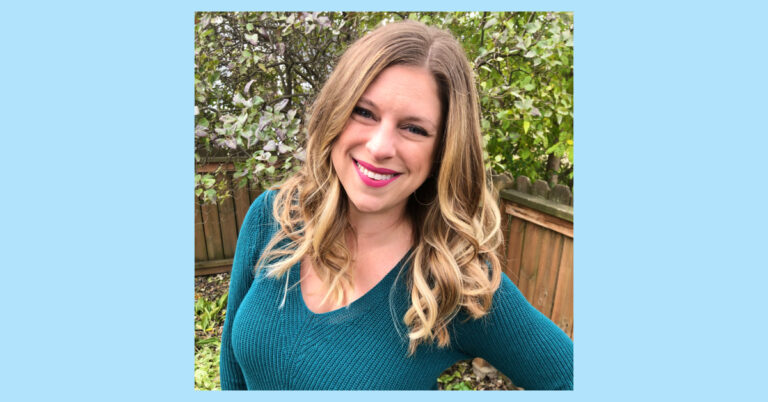Our name is the first thing we own when we enter the world. Names honor ancestors, recall favorite characters, evoke nature, and bring joy to those who bestow them. We write our names in crayon on our kindergarten drawings. We scribble it on receipts, carve it into trees, wear it on necklaces, display it on the back of athletic jerseys, type it in 12-point-font on school essays, and sign it on life-changing contracts. When we are gone, it is chiseled into stone, affixed to park benches, or whispered on the wind. We leave it behind as proof. Proof that we were here. We all want to be remembered, but it should also matter, to ourselves and others, that we are here now. Imagine a world in which we utter the words “you matter,” as a promise to all children…and keep it.
Promises so often are broken, sometimes in the places we least expect it, like public and school libraries. The promise of inclusivity and equity relies on its source, the children’s publishing industry, and their message certainly communicates who exactly matters.
According to pre-pandemic “Diversity Statistics” from the Cooperative Children’s Book Center at UW-Madison, 3,134 children’s books were reviewed in 2018. Of those, 50% of the characters featured were white, while 27% were animals/other, 10% African or African American, 7% Asian, 5% Latinx, and 1% Native/Indigenous. Animals and anthropomorphic objects had more representation than all humans of the global majority combined. Sixty-one books featured a Jewish primary subject or character, a scant 1.9% of the books reviewed that year.
As educators, librarians, parents and caregivers, we have the power to curate quality collections, for all readers, that robustly showcase Jewish people and their ample diversity, while also advocating for more published representation. All children’s books can be reviewed with criteria that analyze quality, accuracy, originality and appeal within both text and illustrations. Specifically, through a Jewish lens, we must consider how Jews and Judaism appear on the page. Are stereotypes and tropes perpetuated? Is there overtly harmful content? How does the author’s bias show up? Intentional or not, are Jewish identities misrepresented or are they erased entirely? What is not written is just as important to evaluate as what is written.
We need all kinds of Jewish stories. Books with bubbies, bagels and bat mitzvahs. Holidays, history and Hebrew. But we also need underrepresented Jewish stories, imperfect experiences and relationships with Judaism, non-traditional families, and intersectional identities. We lose nothing and gain everything by hearing all Jewish stories.
If I know anything about children, it is this: They are deeply curious, wonder-filled creatures. They breathe in stories and gobble up books, along with their embedded messages about who and what matters in the world. When the majority of stories, characters and creators come from the “default identity” — white, straight, cisgender, non-disabled, Christian — we all miss opportunities to meet our global neighbors, and for them to meet us.
Stones erode, paper decomposes, trees topple. But we are here now. We matter now. Let us publish our own stories and carry each other’s. Representative stories cannot wait. They deserve to be devoured, too.




1 Comment
Right here is the perfect webpage for everyone who really wants to find out about this topic. You understand a whole lot its almost tough to argue with you (not that I personally would want toÖHaHa). You definitely put a fresh spin on a topic thats been written about for years. Wonderful stuff, just wonderful!